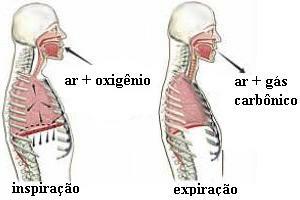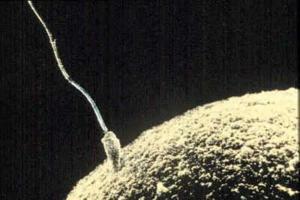Vertebrate animals that live in a terrestrial environment have a lung: a very important organ with regard to breathing.
As this structure is actually made up of two parts (one that is farthest to the right and one that is farthest to the left), it is more correct to use the plural, “lungs”, to refer to the entire organ; and the singular, lung, to speak of one of its two parts.
The left lung and the right lung form the lungs.
The lungs are located under the ribs and are protected by the rib cage (set of ribs). Between the two is the heart, located a little closer to the left lung.
The lung has a spongy appearance, and is coated, outside and inside, with a membrane called the pleura.
In the case of human lungs, the right lung is slightly larger than the left. This one (the left one) is divided into two smaller parts; and that one, the right, in three. Each of these parts is called a wolf. Two or more of them are called lobes.
Human lungs, as well as those of mammals in general, have alveoli, which are their folds, or branches. It is in the alveoli that blood rich in carbon dioxide, coming from other parts of the body, is oxygenated, in a phenomenon called hematosis. Afterwards, already rich in oxygen, this blood will carry oxygen to various cells of the body, through the blood circulation.
When we breathe, the muscles of the trunk, as well as those of the chest, help the air to enter our body.(inspiration), and also on his way out (expiration). The diaphragm, which is a muscle that lies between the chest and abdomen, inside the mammalian body; also helps in this mission.

The ribs and diaphragm help oxygenate the lungs.
And the lungs of other animals?
- The so-called lung fish actually don't have real lungs. There is a bag rich in blood vessels in them that functions like a primitive lung only.
- Amphibians have lungs with few folds: sacculiform lungs. Lung breathing in these animals doesn't work very well, because of the small amount of folding, and also because amphibians don't use the muscles in the chest and abdomen for inspiration. Thankfully they also breathe through their skin!

Amphibian lung.
- Reptile lungs have a good number of folds, and are called parenchymal lungs. Such animals use the muscles of the chest and abdomen to help with breathing.
- Birds have lungs with several branches. In addition, they have air bags, which act as an air reservoir and assist in inspiration and expiration.
Bird lung and aerial bags.
Curiosity:
The younger we are, the pinker our lungs. However, in the case of people who smoke, the lungs are usually quite dark, as many impurities accumulate in them.
By Mariana Araguaia
Biologist, specialist in Environmental Education
Kids School Team



